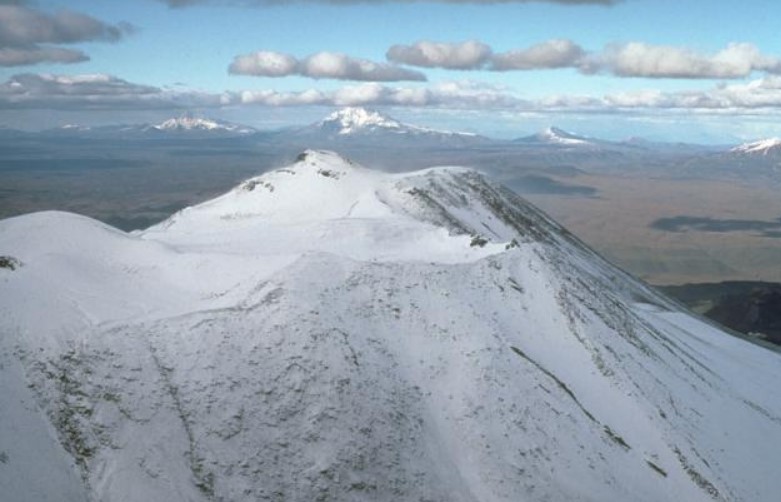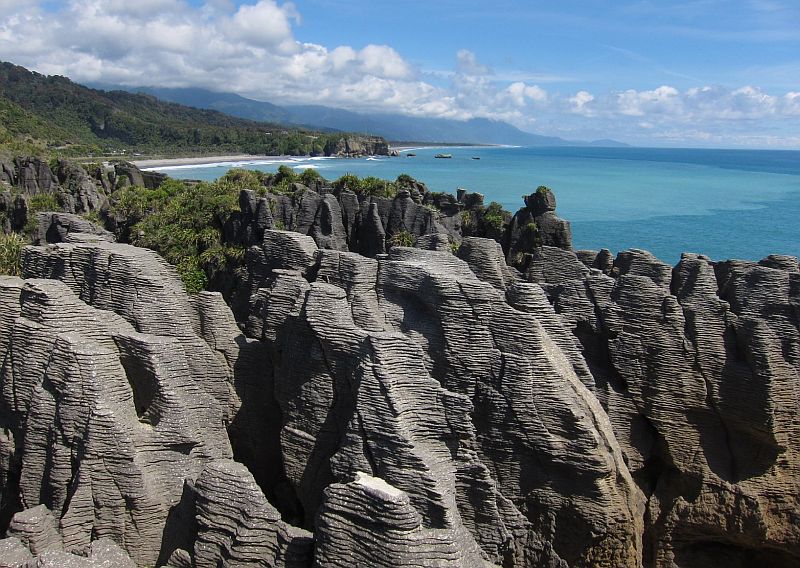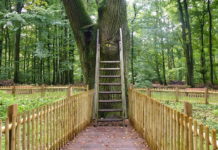Maly Semyachik is a stratovolcano located in Kamchatka, Russia. It is located in the eastern part of the peninsula, in the Kronotsky Nature Reserve. It is part of the Klyuchevskaya volcano group. The volcano is considered to be one of the most active in the Kamchatka Peninsula, with frequent eruptions throughout history. In 1946 expedition by V.D. Troitsky led to the discovery of the crater lake. The crater bears his name today.
Maly Semyachik has a complex volcanic structure. The volcano is a stratovolcano, and it has a caldera with two active craters. The volcano is composed mostly of andesitic and dacitic rocks. The last known eruption of Maly Semyachik occurred in 1975, and the volcano is considered to be active.

Around 400 years ago, Ceno-Semiachik erupted in a large explosion and formed a hot, acidic crater lake. A bright turquoise color can be seen in the water of the lake. There are a number of types of acids and other chemical compounds in the lake that make the water poisonous.
Even when ice and deep snow cover everything, the water in the lake never freezes. Studying it from afar is best unless you want to burn off your skin. The pH of the lake is almost equal to that of battery acid. Semyachik means “stone earth” in translation from Itelmensky.
The surrounding area of the volcano is known for its beautiful landscapes, including vast wilderness, hot springs, and geysers. The last eruption of the Maly Semyachik occurred in December 1952. Another is expected soon, according to researchers.

The volcano is a popular destination for tourists and hikers, although access is limited due to the remoteness of the area and the need for a permit to enter the nature reserve. A giant cone of old collapsed sides lies within the caldera of Maly Semyachik. About 2.6 million years ago, the Pleistocene era began, which produced this 15-by-20-km caldera.
Maly Semyachik is also of scientific interest, as it offers researchers the opportunity to study volcanic activity and geothermal processes. The Kamchatkan Volcanic Eruption Response Team (KVERT) keeps an eye out for any indications of heightened activity on the volcano. In the ancient belief system of the indigenous people of Kamchatka, the volcanic landscape represented the land of the deceased. The dead lit fires in their yurts when smoke and ash signaled an approaching conflict.







